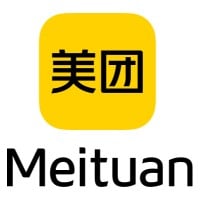
Meituan
Adhering to the ‘Retail + Technology’ strategy, Meituan commits to its mission that 'We help people eat better, live better'. Since its establishment in March 2010, Meituan has advanced the digital upgrading of services and goods retail on both supply and demand sides. Together with our partners we provide quality services for consumers. On 20 September, 2018, Meituan was listed on the Main Board of the Stock Exchange of Hong Kong. Meituan has always put customers first, and continuously increased its R&D investment in new technologies. Meituan will join hands with all partners to fulfill our social responsibility and create more values for the society.






